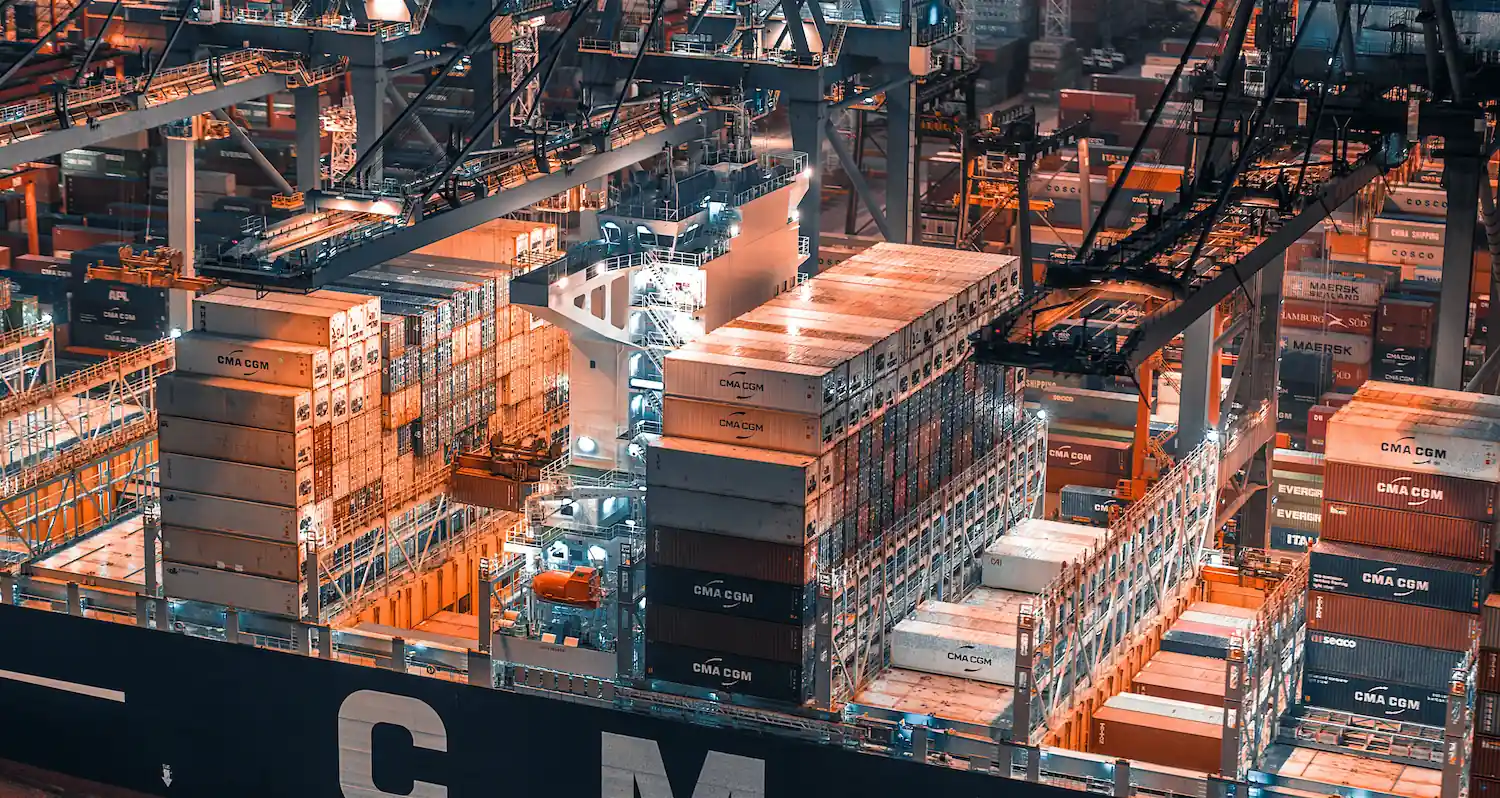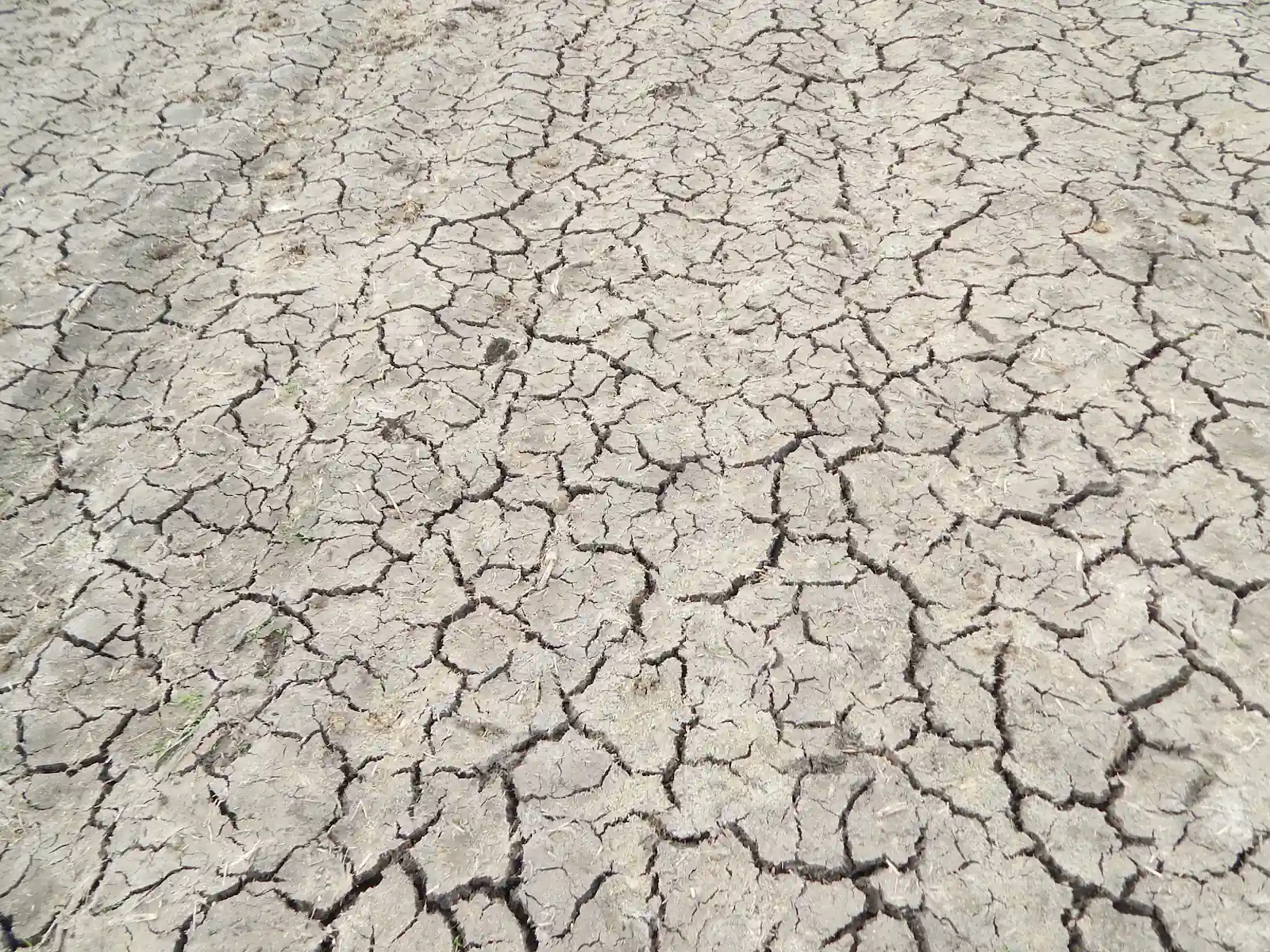Earth Overshoot Day is the day each year when humanity’s resource consumption surpasses what Earth can naturally regenerate within that year. It comes earlier every year, which is a cause for concern for experts. On this page we delve into the meaning, relevance, and implications of Earth Overshoot Day.

The Global Footprint Network, an international research organization, calculates Overshoot Day each year. The calculation is based on a comparison of humanity’s demands—including food, timber, fibers, carbon absorption capacity—and Earth’s ability to regenerate these resources. When the demand exceeds the ability, we are in overshoot.
This date signifies when our demand for ecological resources and services in a year surpasses what Earth can regenerate in that same year. The concept is akin to living off your annual salary – once you’ve spent your earnings for the year, you’re dipping into your savings. Similarly, once we hit Overshoot Day, we’re drawing down ecological resources for the rest of the year.
To calculate this date, the Global Footprint Network measures humanity’s ecological footprint, which encompasses our demand for plant-based food and fiber products, livestock and fish products, timber and other forest products, space for urban infrastructure, and forests to absorb our carbon dioxide emissions from burning fossil fuels. This demand is then compared with Earth’s biocapacity, or the ability of our ecosystems to regenerate what we consume and absorb our waste, given current technology and management practices.

Since the 1970’s, human behavior has been unsustainable. Over the years, Earth Overshoot Day has been advancing, arriving earlier each year. In 2022, it fell on July 28. At the end of 2022, humans had used 175% of what the planet is able to regenerate in a year. This alarming trend signifies an increasing ecological deficit, where our consumption vastly outpaces Earth’s regenerative capacity. This overconsumption and overextension of Earth’s resources result in detrimental environmental consequences, including the loss of biodiversity, deforestation, soil erosion, freshwater scarcity, and climate change.
Near future world population growth cuts our planet’s resources in two ways. The first way is simple. Too many, too much: the more people there are in the world, the more they will consume. On the other side, the way humanity acts leads to the degradation of natural habitats, a decrease in biodiversity, and consequently, a reduction in the Earth’s biocapacity. This will gradually diminish the planet’s ability to meet the demands of humankind.
Earth Overshoot Day gets closer in two ways: every year more is consumed because there are more people, and every year the planet can replenish less because of the damage we cause.
© 2025 - World Population Limitation Movement | Website by Donkeys & Co.